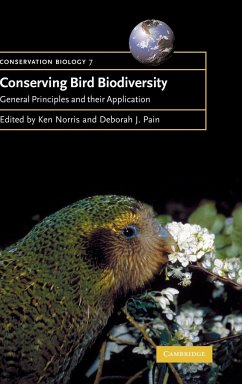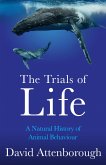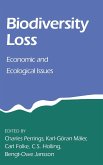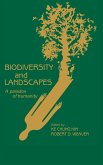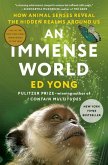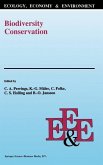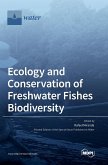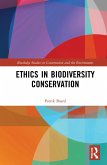The earth's biodiversity currently faces an extinction crisis that is unprecedented. Conservationists attempt to intervene in the extinction process either locally by protecting or restoring important species and habitats, or at national and international levels by influencing key policies and promoting debate. Reliable information is the foundation upon which these efforts are based, which places research at the heart of biodiversity conservation. The role of research in such conservation is diverse. It includes understanding why biodiversity is important, defining 'units' of biodiversity, priority-setting for species and sites, managing endangered and declining populations, understanding large-scale processes, making predictions about the future and interfacing with training, education, public awareness and policy initiatives. Using examples from a wide range of bird conservation work worldwide, researchers consider the principles underlying these issues, and illustrate how these principles have been applied to address actual conservation problems for students, practitioners and researchers in conservation biology.
Table of contents:
Preface; 1. Biodiversity - evolution, species, genes Michael W. Bruford; 2. Why conserve bird diversity? Colin Bibby; 3. Mapping and monitoring bird populations: their conservation uses Les Underhill and David Gibbons; 4. Priority setting in species conservation Georgina M. Mace and Nigel J. Collar; 5. Setting sites for protection Andrew Balmford; 6. Critically endangered bird populations and their management, Ben D. Bell and Don V. Merton; 7. Diagnosing causes of population declines and selecting remedial actions Rhys E. Green; 8. Outside the reserve: pandemic threats to bird biodiversity; Deborah J. Pain and Paul F. Donald; 9. Predicting the impact of environmental change Ken Norris and Richard Stillman; 10. Fragmentation, habitat loss and landscape management Paul Opdam and John A. Wiens; 11. The interface between research, education and training Leon Bennun; 12. Conservation policies and programs affecting birds Gerard C. Boere and Clayton D. A. Rubec; References; Index.
In order to slow or stop the unprecedented loss of biodiversity, conservationists need reliable information on which to base conservation or restoration programmes. Using bird conservation to illustrate the basic scientific principles and applying this to real problems, this book is essential reading for students and researchers in conservation biology.
Problem-based approach to conservation biology using birds as examples.
Hinweis: Dieser Artikel kann nur an eine deutsche Lieferadresse ausgeliefert werden.
Table of contents:
Preface; 1. Biodiversity - evolution, species, genes Michael W. Bruford; 2. Why conserve bird diversity? Colin Bibby; 3. Mapping and monitoring bird populations: their conservation uses Les Underhill and David Gibbons; 4. Priority setting in species conservation Georgina M. Mace and Nigel J. Collar; 5. Setting sites for protection Andrew Balmford; 6. Critically endangered bird populations and their management, Ben D. Bell and Don V. Merton; 7. Diagnosing causes of population declines and selecting remedial actions Rhys E. Green; 8. Outside the reserve: pandemic threats to bird biodiversity; Deborah J. Pain and Paul F. Donald; 9. Predicting the impact of environmental change Ken Norris and Richard Stillman; 10. Fragmentation, habitat loss and landscape management Paul Opdam and John A. Wiens; 11. The interface between research, education and training Leon Bennun; 12. Conservation policies and programs affecting birds Gerard C. Boere and Clayton D. A. Rubec; References; Index.
In order to slow or stop the unprecedented loss of biodiversity, conservationists need reliable information on which to base conservation or restoration programmes. Using bird conservation to illustrate the basic scientific principles and applying this to real problems, this book is essential reading for students and researchers in conservation biology.
Problem-based approach to conservation biology using birds as examples.
Hinweis: Dieser Artikel kann nur an eine deutsche Lieferadresse ausgeliefert werden.

